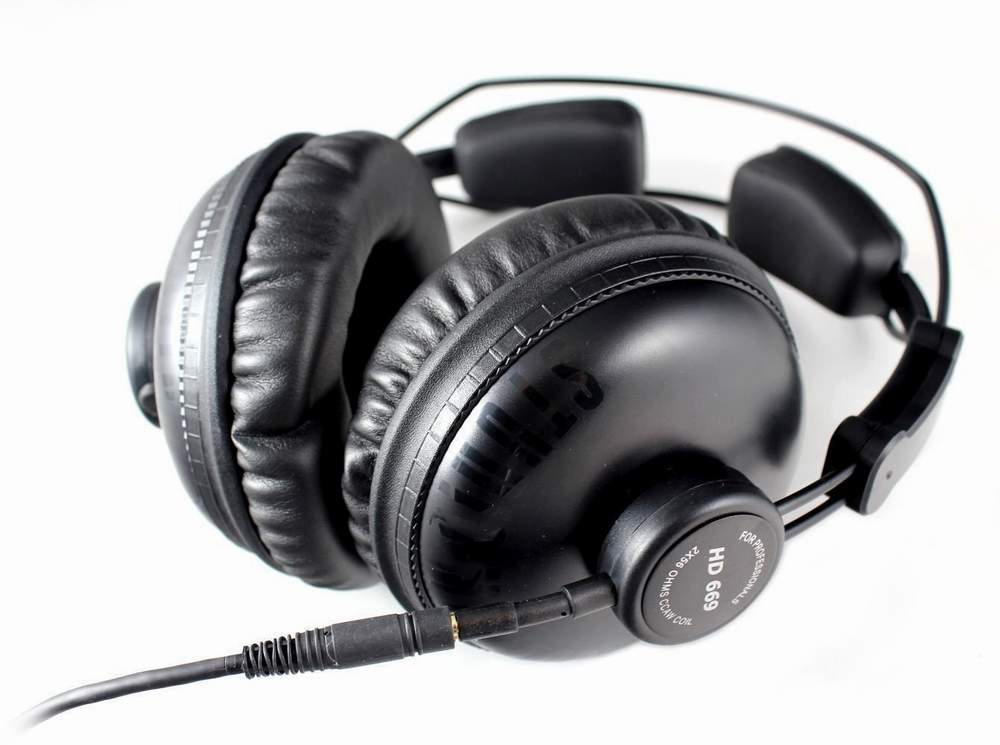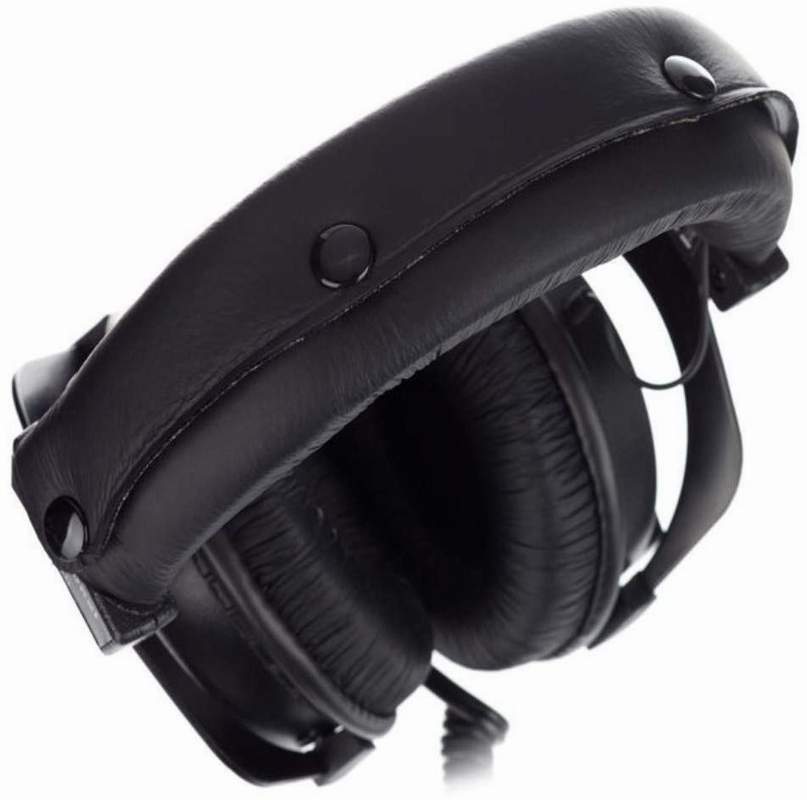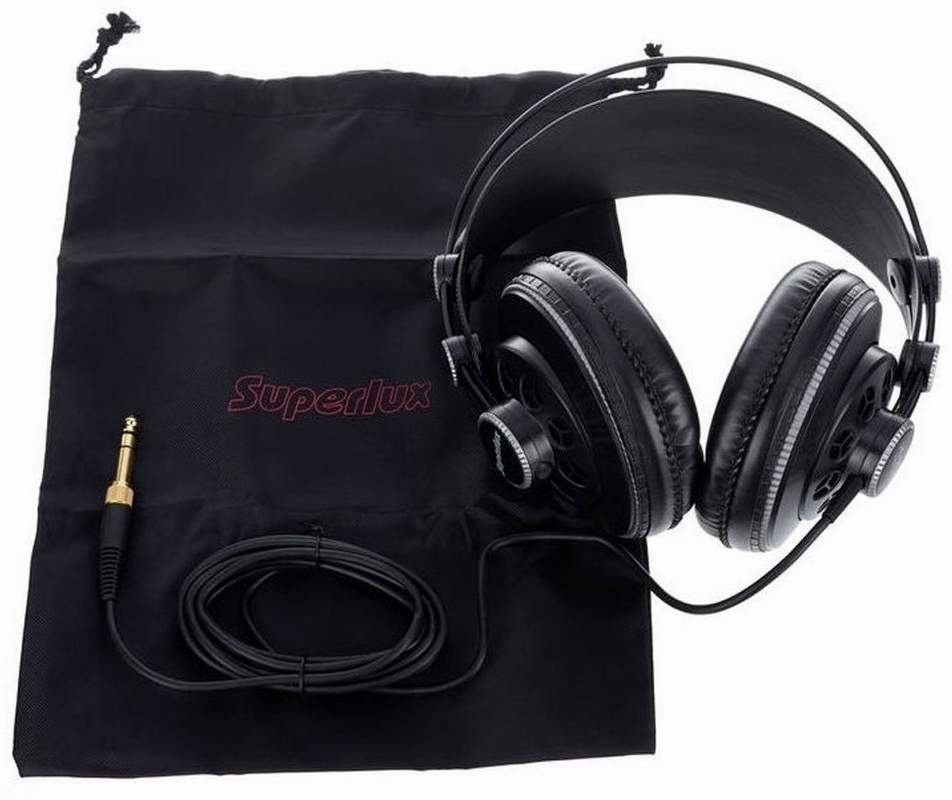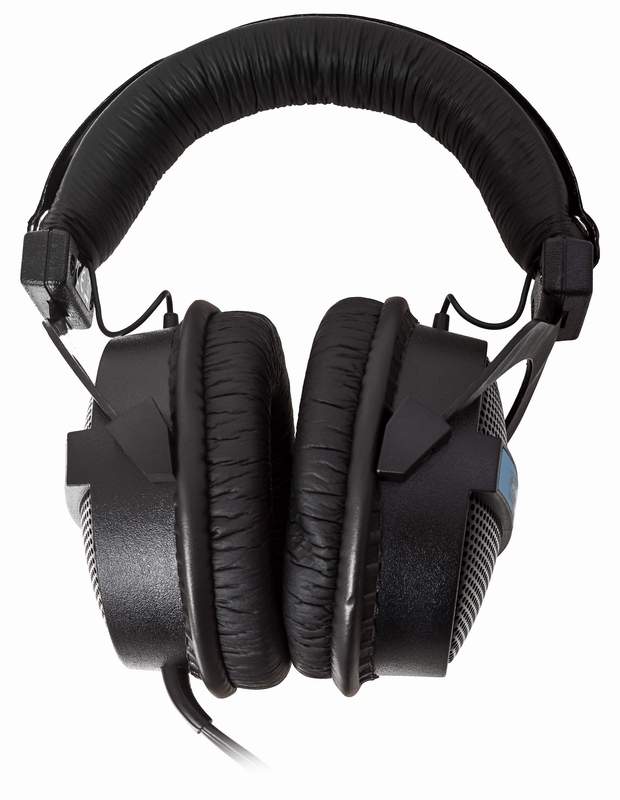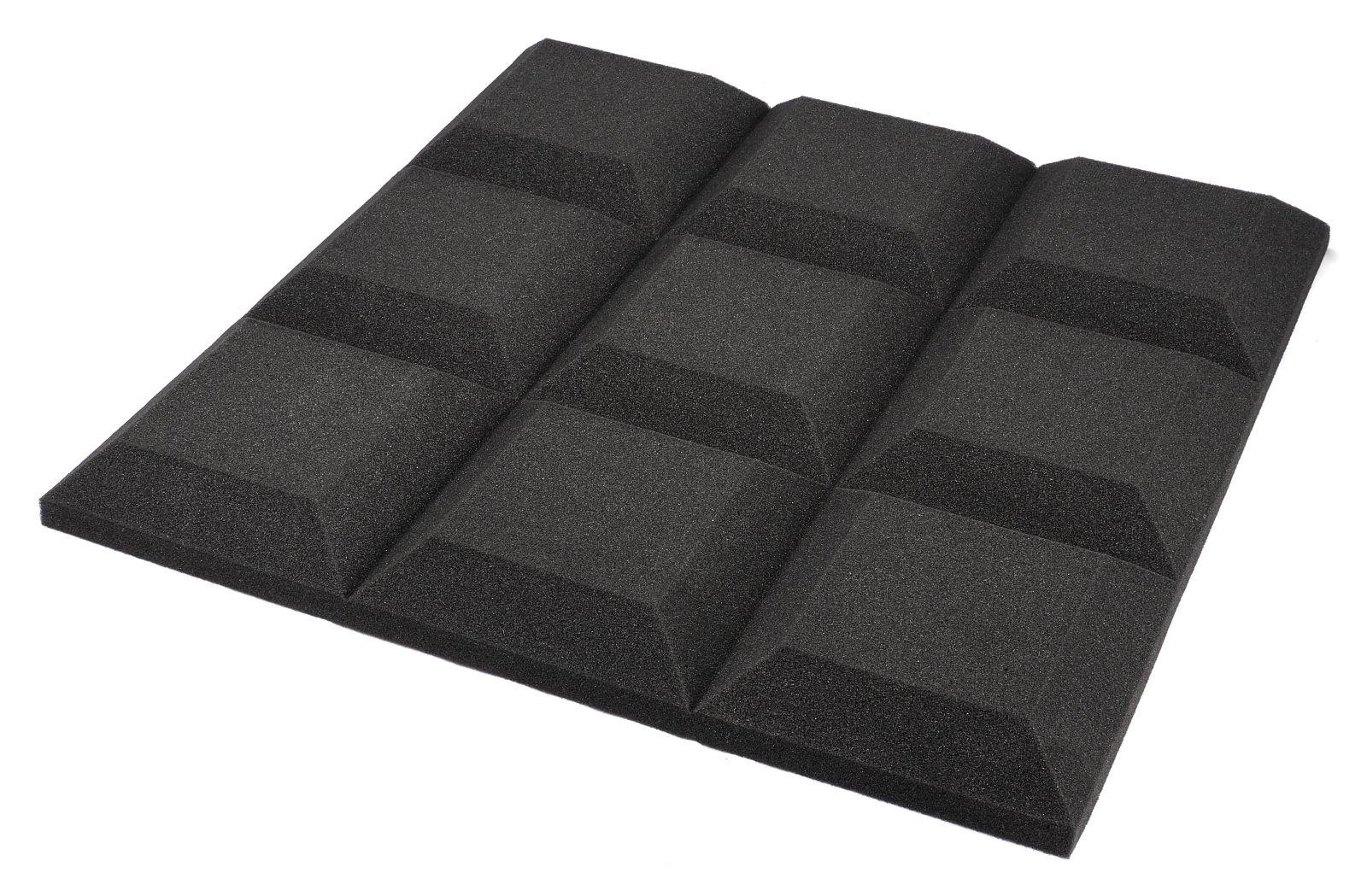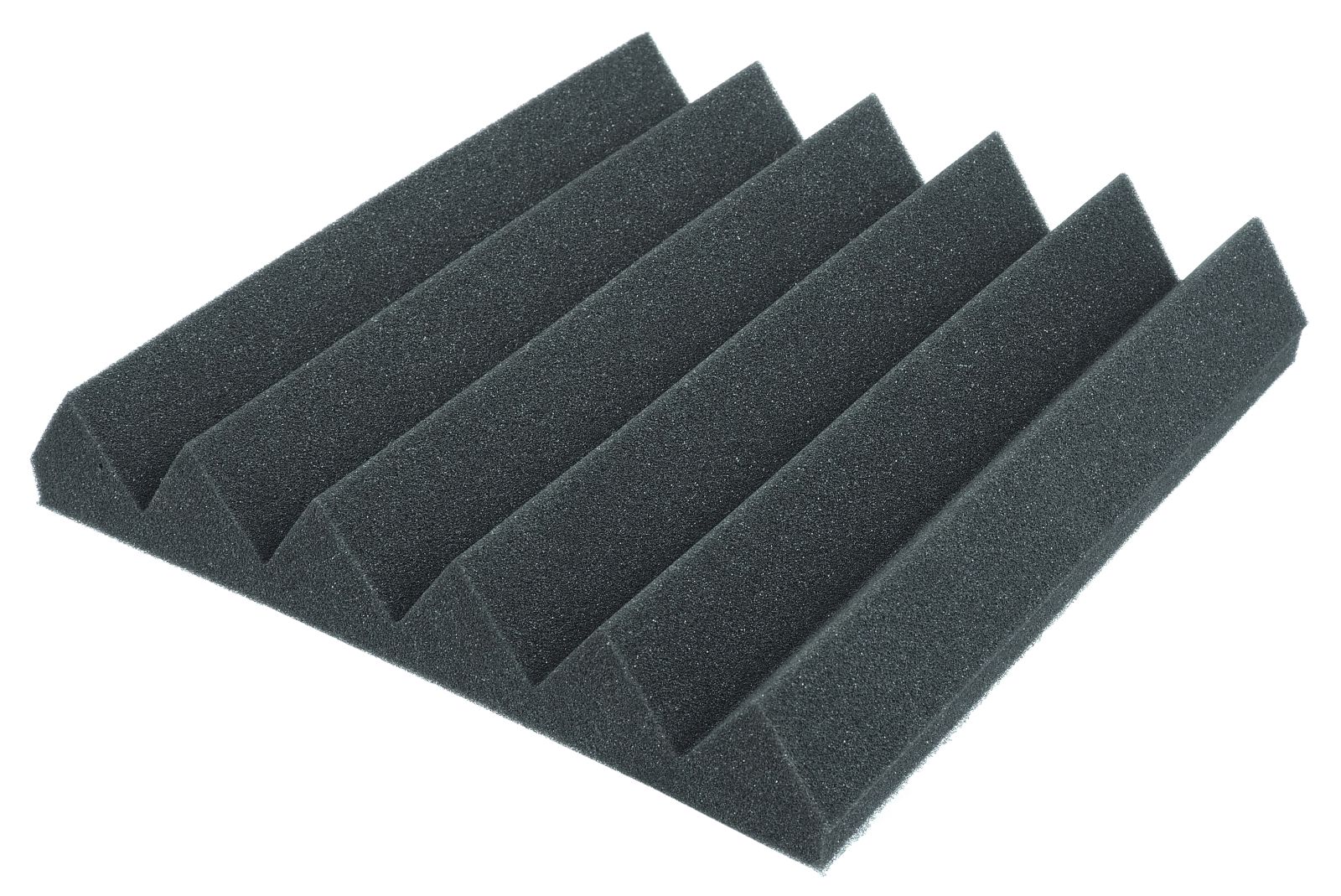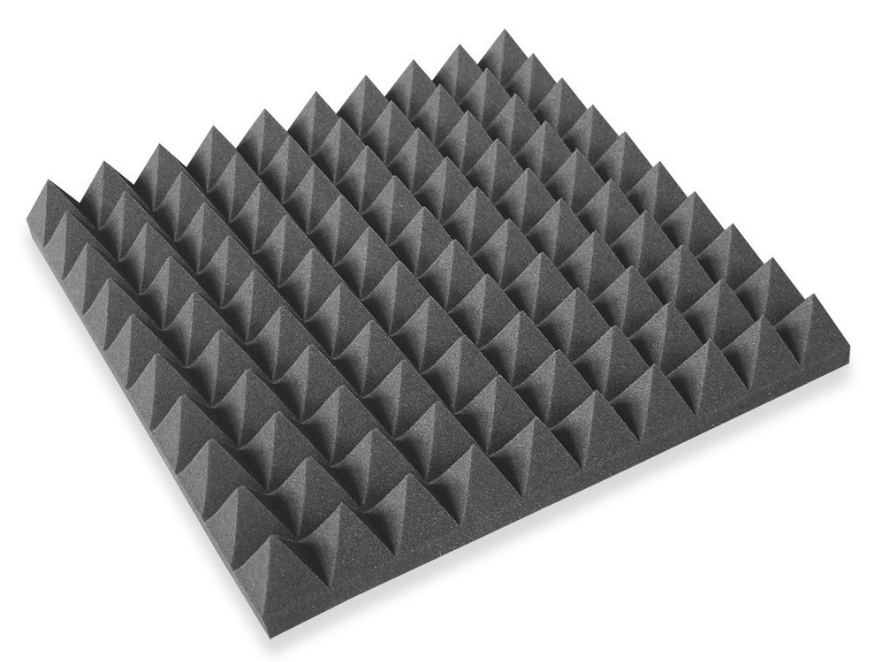How to set up a home recording studio
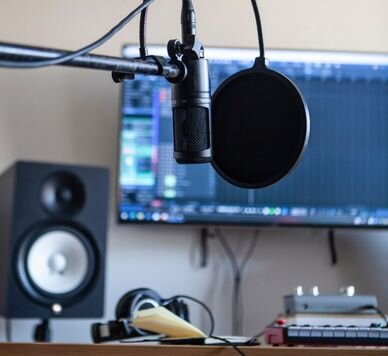
Are you a music enthusiast and want to set up a home recording studio? In this article, you will read about the basic needs of a music artist.
Ideal space for a home studio
If you want to set up your own studio in your house or apartment, simply use a spare room or a part of the room that is not often used (guest room or study). If you do not have such a space at home, you can rent a room. To produce music, it is necessary to have silence and peace, which is why soundproof doors, windows and acoustic panels on the walls are often used. However, in general, your recording studio space should have higher ceilings, ideally at least 3 meters, and should be away from sources of loud noise such as airports, railways, or manufacturing plants.
Accessories
Microphone
When recording music, professional microphones are used, which record high-quality sound. There are many types, but the most used in the studio are large-diaphragm condenser microphones. How to choose a microphone?
Microphones by purpose and location
- Head microphones - are placed directly above the head
- Lapel - these are placed on the garment in the chest area
- Manual - used for stage performances, concerts, etc.
- Table-top - placed on the table
- Rifle - they are placed on a pole or camera. They are most often used in the field of audiovisual creation.
Microphones by connection method
- XLR - mostly have a three-pin connector, which is durable and stable, can be used professionally.
- Jack - their advantage is great popularity and compatibility with a large number of devices
- USB - are compatible with almost all computers
Microphones according to the principle of sound capture
- Condenser microphones - need a signal amplifier, but nowadays it is mostly integrated in the microphone itself. Condenser microphones have a very accurate sound. You will most often encounter them in professional studios.
- Dynamic microphones - they are the most popular, have a simple and durable construction, are simple to use, do not need a signal amplifier and are suitable for live performance.
- Electret microphones - have a simple construction. They enable production in miniature dimensions, for example in phones, tablets, etc.
Microphones according to the directional characteristic
- Spherical / omnidirectional
- Cardinoid / kidney-shaped
- Supercardinoid / hypercardinoid
- Eight
- Narrowly directional
- Adjustable
Microphones by connection method:
- Wire microphones - they are cheap, more reliable because there is no risk of frequency interference.
- Wireless microphones - complete freedom of movement, but they need a battery.
Other microphone parameters:
- Dimensions and weight
- Diaphragm size
- Maximum sound pressure
- Impedance
Headphones
Studio headphones are used for working with music, mixing and editing it. They should be of really good quality so that every note can be heard in them. You can find several types on the market, each of which has its own use:
- Closed headphones - when using them, almost no sound escapes from them, which would be picked up by the microphone and thus spoil the recording.
- Open and semi-open headphones - when using them, the sound does not hit the rigid structure used in closed headphones. Thanks to these technologies, the sound is better and more accurate.
- Headphones for DJs - they fit well on the ears and can be worn for a long time. If the DJ has both ear cups on his ears, almost no sound escapes from them. However, if he has the earpiece on only one ear, he can hear both the sound from the headphones and the surrounding sound.
- In-Ear headphones - you can move them freely around the recording surface, because they are firmly held in the ears. They are used by drummers and singers to hear the sound without feedback and ambient noise.
Studio speakers
Studio speakers are called studio monitors in the professional world. They serve to listen to music without deviations. For a home studio, monitors with a power of 20-40 W will suffice without any problems. You will need two, namely one active (it has a built-in amplifier) and one passive (it is connected to the active one) or both active.
- Active studio monitors
Low price: SOUNDSATION CLARITY A5
Middle road: KALI AUDIO IN-8 V2
High price = high performance: ADAM AUDIO S5H
- Passive studio monitors
Low price: JBL Control 1 Pro Compact
Middle road: JBL Control 5
High price = high performance: Avantone Pro CLA-10
Software
Software is the most important part of your home recording studio. No artist can do without it. All music editing software is considered a DAW (Digital Audio Workstation).
Free software:
- Apple GarageBand
Functions:
Sound recording
Virtual and software tools
MIDI editing
Music lessons
It doesn't have a PC version
- Cakewalk by BandLab
Features:
Folding
Sound recording
Editing
Mixing
It does not have an IOS version
Golden mean:
- Cocos Reaper 6:
Recordings take up little disk space
It has many functions
The price is 60 USD
High price = high performance:
- PreSonus Studio One:
Stylish
Stable
More demanding to control thanks to a large number of functions
The price is 99.95 USD
Sound card
A sound card is a device in computers that takes care of converting an analog signal into a digital form that the computer can easily handle during processing. It can also work the other way around. Computers have built-in sound cards from the factory, but they are not sufficient for recording sound.
When choosing a sound card, you should pay attention to important criteria, such as:
- Number of sound card inputs
- The possibility of connecting a sound card
- Sampling frequency
- Bit depth
Product recommendation:
Internal sound cards (they need to be installed inside the PC), e.g.:
- Creative SOUND BLASTER AUDIGY FX
- Creative Sound BlasterX AE-5
- Creative Sound Blaster AE-9
External sound cards (can be plugged into a USB port, no need to install them), e.g.:
- Mozos ASM-3
- PremiumCord HDMI to SCART converter
- Creative Sound BlasterX G6
Computer
A computer is required for mixing and editing audio recordings. What should it contain?
- Processor. Your PC should definitely have a powerful processor. The more powerful, the better.
- Processor RAM - the processor also needs RAM, but it can be purchased and installed easily.
- CPU cooling - with great performance comes great heat. At least this is the case with processors, and for this reason sufficient cooling of the processor is also important. The cooler must be quiet, so a good choice is, for example, water cooling.
- Memory. The more storage the better. We recommend using an SSD for faster loading and saving over a hard disk drive (HDD).
What not to forget when setting up a home studio
- Sealing: Door and window seals are used in studios. If they are properly sealed, they can be used normally, and if they are closed, no sound can pass through them.
- Acoustics: the sound in the recording studio must be accurate, undisturbed and clean. Therefore, the noise from the surrounding environment is dampened in various ways, and the sound we want to record is allowed to flow freely through the air. Most often, acoustic foam is used for noise reduction, which is installed directly on the walls of the room.

